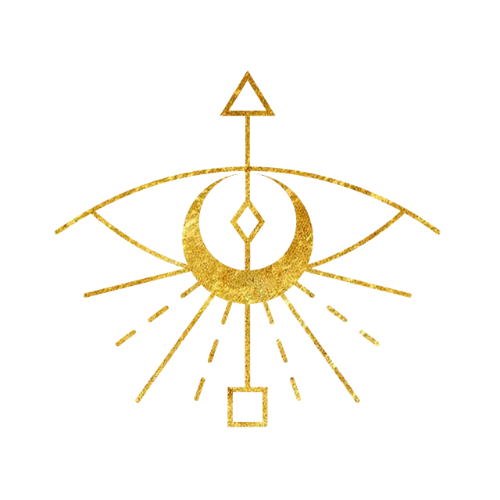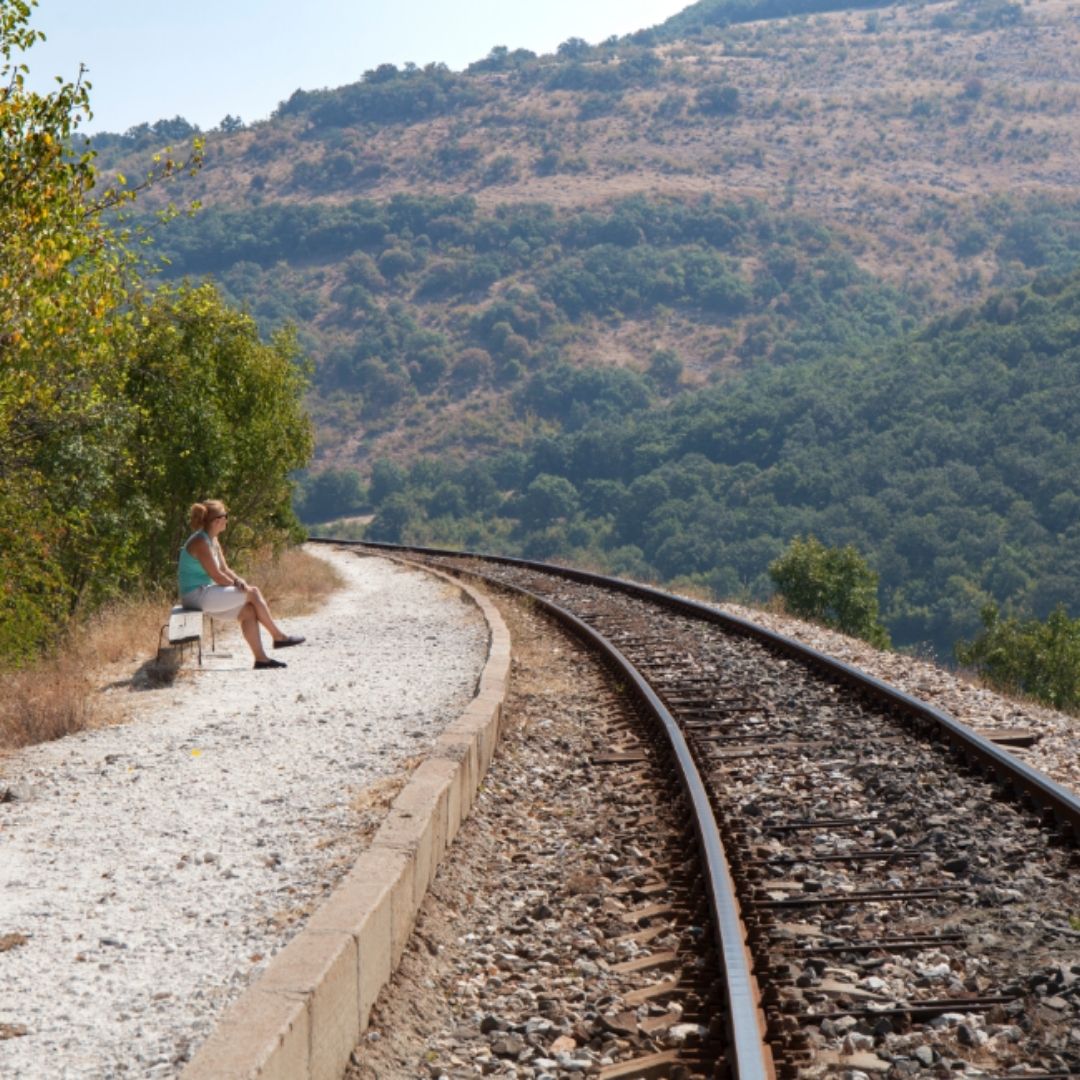How to start your fitness journey
May 14 , 2021
Any journey has a beginning and an end, and your fitness journey is no different. As we emerge into the light from the covid-19 lockdown like new growth in spring, we have the opportunity to think about how we would like our fitness journey to look moving forward. Physical fitness and vitality are an essential piece of the wellness pie, and whatever our capabilities or movement style preferences, having a fitness goal with milestones to work towards can help give us a sense of direction and keep us motivated. It is worth noting early on that when we reach one destination, there are usually new journeys to take and that is how we grow over time.
Commonly known as “goal setting” and accompanied by acronyms whose letter representations no one can quite agree on (SMARTER anyone?) it can all feel a bit full-on and business like. To make it simpler, start by having a think about where you want to be. What does your vision of wellness look like? Each person’s idea of wellness is going to look slightly different, so what does it mean to you? This will inform your specific fitness goals. A limited selection of examples might be increasing your flexibility, having more stamina, or building strength.
Looking at those admirable visions, we need to have a think about how we will know when we are more flexible, have more stamina, or become stronger. We need to define these goals more explicitly.
- Increasing flexibility may be measured by how far you are able to touch your toes or being able to do the splits. It may also be about finally achieving activities of daily living such as putting your shoes on comfortably.
- Having more stamina may mean being able to walk up the stairs without stopping part way. Or being able to run a marathon.
- Building strength may mean being able to carry your (grand)child to pre-school when they have inevitably fallen over too far from the house to go back and get the pushchair. Or being able to squat 30kg.
Once we have established our desired destination, we need to determine where we are starting our journey. We do that by measuring our current abilities. How far away from our toes are we currently? At what point on the stairs do we always have to stop? What is the furthest we have run so far? How far can we carry a squirming, howling child? (Please note there is no need to make the child howl or squirm specifically for measurement purposes!) How many kilos can we currently squat?
We now have a starting point and a destination, but we need to know when we want to arrive. Our first journey may be a week, month, 6 months, a year – the length will depend on the distance between the starting point and the destination.
Next we need to work out what our stations are along the way. Our stations are the steps along our journey that prevent us from being overwhelmed by how far or big the whole journey may seem. They break our journey down into smaller, bite-size chunks that motivate us to keep going. Flexibility may be measured by something as verifiable as moving incrementally closer to touching your toes or doing the splits. Walking up the stairs without stopping might be measured by 1 step further at a time. Running a marathon could be measured by increasing your distance by 1km at a time. Carrying a child may be measured in lamp posts – an extra lamp post at a time. If you are focusing on how many kilos you can squat, then you might measure your increases in half or full kilos at a time.
You will notice that I have used the phrase at a time at the end of our stations. This is something else we need to consider. Depending on your destination and the distances between stations, at a time could be daily, weekly, fortnightly, or monthly for example.
Now our journey plan should be complete:
Starting point ✅
Stations ✅
Destination ✅
Time-frame ✅
And now it is time for action!
Next month we will look at some different forms of exercise or activities you may wish to consider.
Dawn is a British Triathlon level 3 coach and also qualified to coach cycling, teach swimming and is a YMCA level 3 Personal Trainer.
Her aim is to help individuals and groups, whether novice, GB age group or somewhere between, to achieve their goals whilst remembering that for many athletes their training needs to be balanced alongside full time jobs and family responsibilities.


